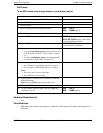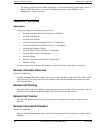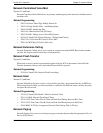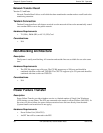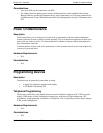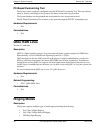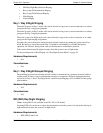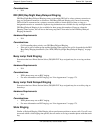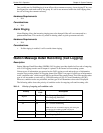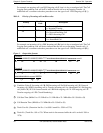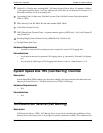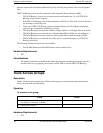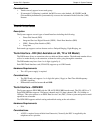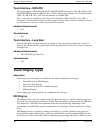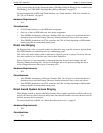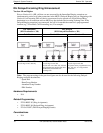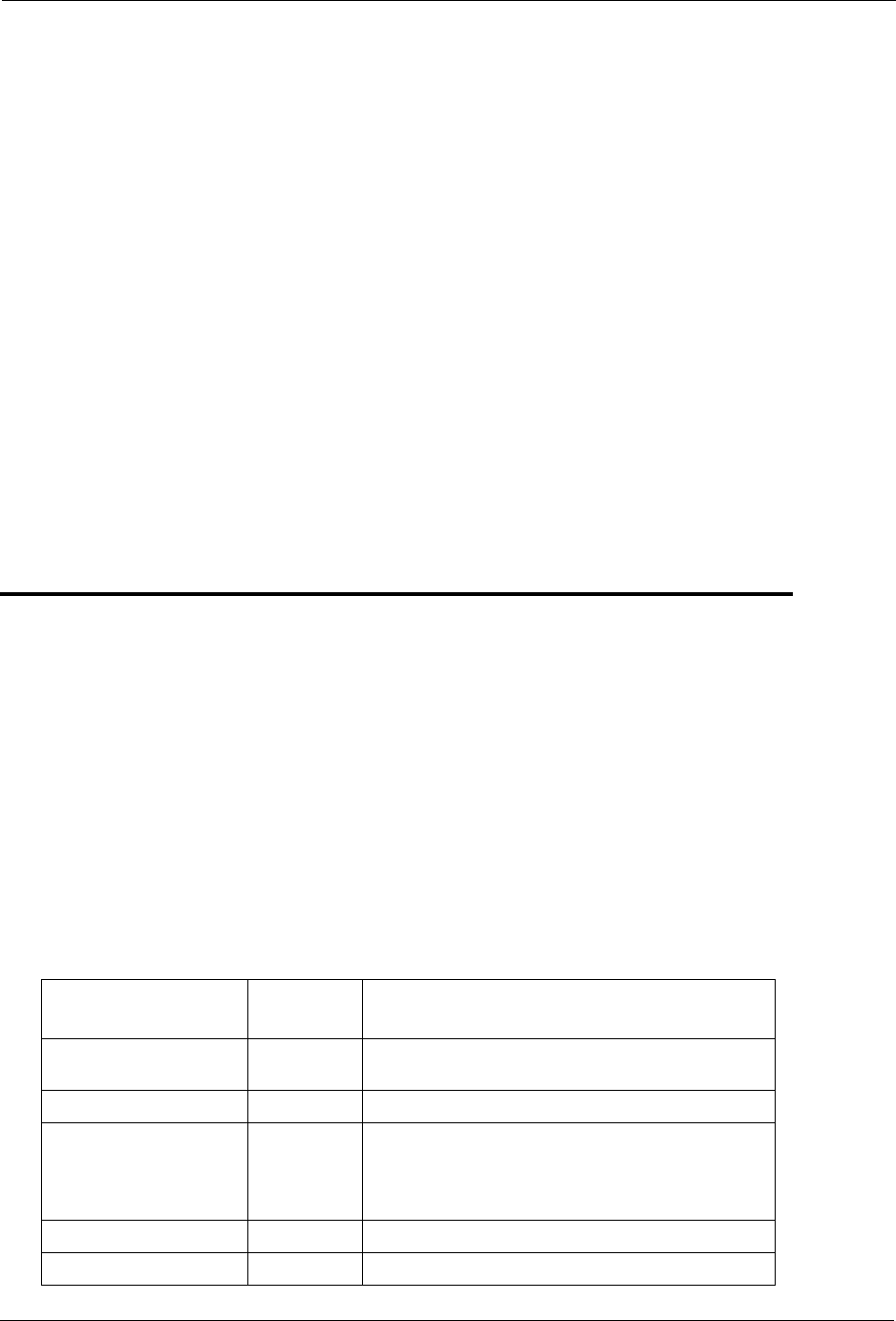
Section 700 - Operation Chapter 3. System Features
ICX-50-700 ICX (International) issued October 2000 63
One possible use for Slide Ringing is in an office with a common secretary. A non-ringing FF key can
be assigned for each trunk used by the group. If a call is not answered within the slide ringing timer,
the call will ring the common secretary.
Hardware Requirements
•N/A
Considerations
•N/A
Alarm Ringing
Alarm Ringing allows the incoming ringing tone to be changed if the call is not answered in a
predetermined time. This can be very useful in alerting others to pick up unanswered calls.
Hardware Requirements
•N/A
Considerations
• If slide ringing is enabled, it will override alarm ringing.
Station Message Detail Recording (Call Logging)
Description
Station Message Detail Recording (SMDR) (Call Logging) provides detailed call records of outgoing
calls. Call Logging records can be output to a printer or an external call accounting system.
Various types of information are reported on the Call Logging record and each type of information
occupies a set position in the Call Logging format (See Figure 1 on page 64.) One type of information
is the “condition code” which occupies the first position in the output format. This code specifies what
type of call was made or received (e.g., DISA Incoming call [S] or Closed Numbering call [W]).
However, condition codes are prioritized, and the type of call determines what code is displayed.
The following tables shows the priority of condition codes for outgoing calls and incoming calls.
Table 8. Priority of outgoing call condition codes
Priority
Condition
Code
Description
Highest
T or H T = Outgoing Transfer Call
H = Outgoing Hold Call
2nd
F F = Call Forward Outside Call
3rd
W W = Closed Numbering
Note: In the case of an MCO outgoing call seizing the
private line, the condition code 0 is displayed.
4th
L L = LCR Outgoing Call
Lowest
O O = Outgoing Call



